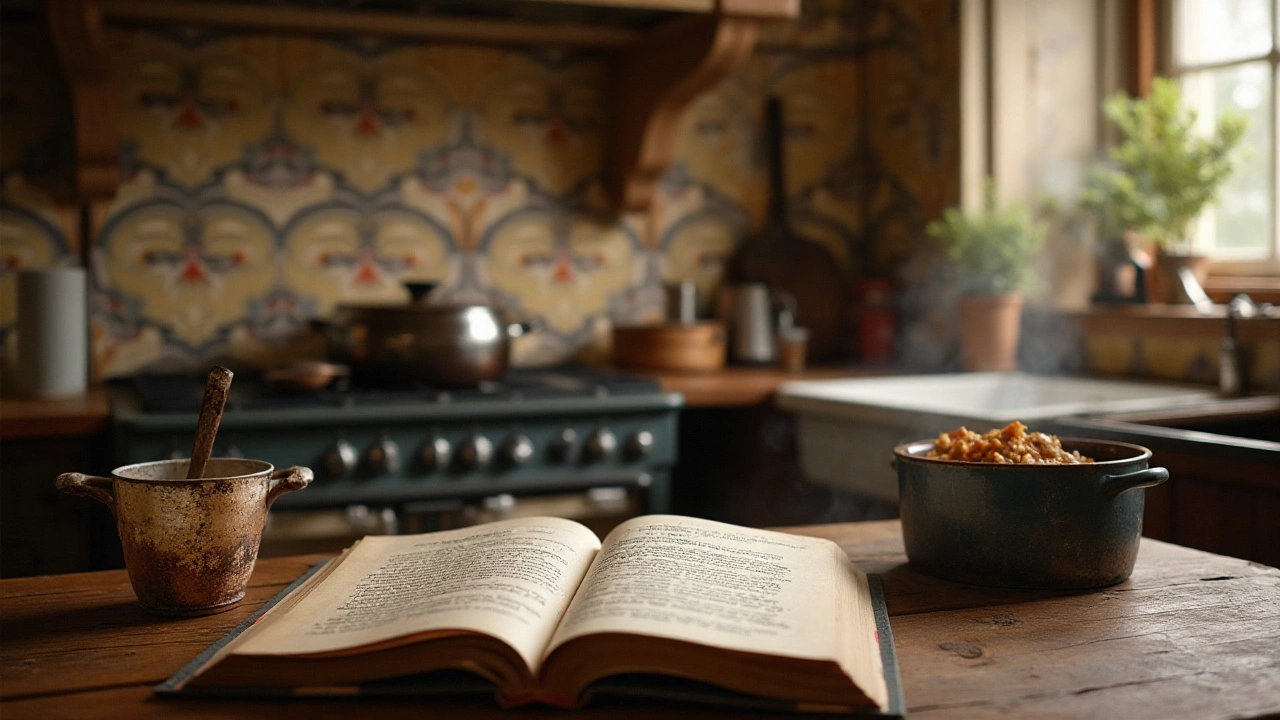Stove Maintenance Made Easy: Keep Your Cooktop Running Smoothly
Got a stove that’s looking a bit tired? A few minutes of regular care can stop grime, rust, and nasty smells from taking over. Below are the no‑fuss steps that keep any gas, electric, or induction cooktop humming along.
Quick Daily Clean‑Up
After each cooking session, let the surface cool, then wipe it with a damp cloth and a mild dish‑soap solution. Avoid abrasive pads – they can scratch enamel or glass. For stubborn splatters, a soft sponge and a dash of baking soda does the trick. Just sprinkle, let it sit a minute, then scrub gently.
Don’t forget the burners or induction plates. Use a toothbrush to clear out crumbs or food bits around the edges. This simple habit stops buildup from turning into hard‑to‑remove messes later.
Monthly Deep Care
Once a month, give your stove a deeper clean. For gas burners, remove the caps (most pop off easily) and soak them in warm, soapy water for 10‑15 minutes. Rinse, dry, and replace. Check the igniter for food residue – a cotton swab with a bit of alcohol clears it fast.
If you have an electric coil, lift it out and vacuum the area beneath. Dust and hair can cause uneven heating. For glass‑ceramic tops, use a scraper designed for cooktops to lift burnt‑on grime without scratching. Finish with a dedicated glass‑cooktop cleaner for a streak‑free shine.
Seasonal Safety Checks
Before winter, inspect the gas line or electric connections for wear. Look for frayed cords, loose plugs, or any rust on metal parts. If you spot anything odd, it’s best to call a professional – safety first.
For gas models, light each burner to ensure a steady blue flame. A yellow or flickering flame can mean clogged jets or incorrect air‑fuel mix. A quick clean of the burner ports with a thin needle usually fixes it.
Common Mistakes to Avoid
Never use harsh chemicals like bleach or ammonia on stove surfaces; they can damage finishes and leave harmful fumes. Also, avoid dragging heavy pots across glass tops – lift them instead.
Don’t let spills sit for days. Acidic foods (tomato sauce, wine) can etch the surface if left unchecked. Clean them up promptly, and your cooktop will stay smooth.
With these easy habits, your stove will stay efficient, look great, and last longer. A clean cooktop not only saves energy but also makes cooking more enjoyable. Give your stove a little love today – you’ll thank yourself tomorrow.
Understanding the Lifespan of Your Cooker and When to Consider Repairs
0 Comments
Cookers are vital in our kitchens, serving as the primary hub for cooking our meals. Understanding the lifespan of a cooker and identifying signs of wear can help you decide when maintenance or replacement is needed. This article will explore the average life expectancy of different types of cookers, useful tips for extending their life, and discuss common performance issues. It also provides practical advice on when to call a professional for repairs.
Read More